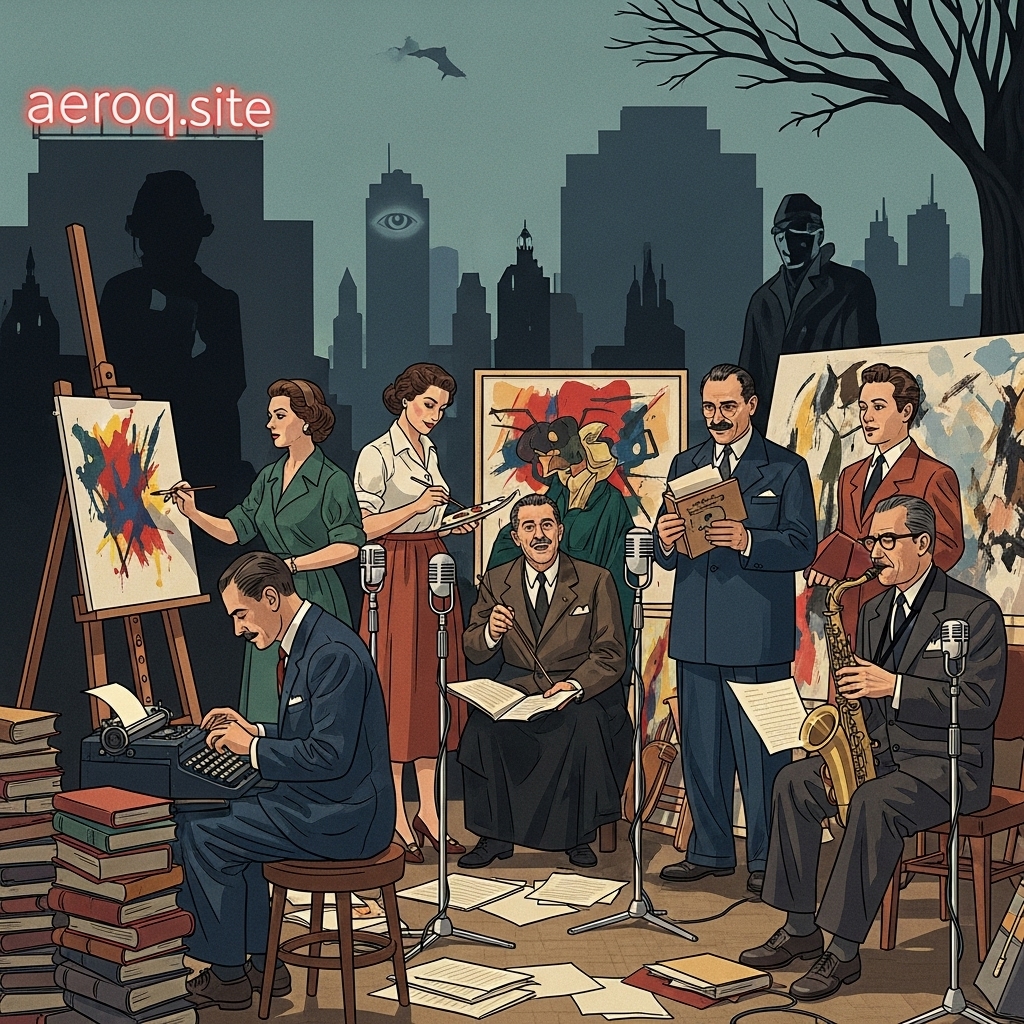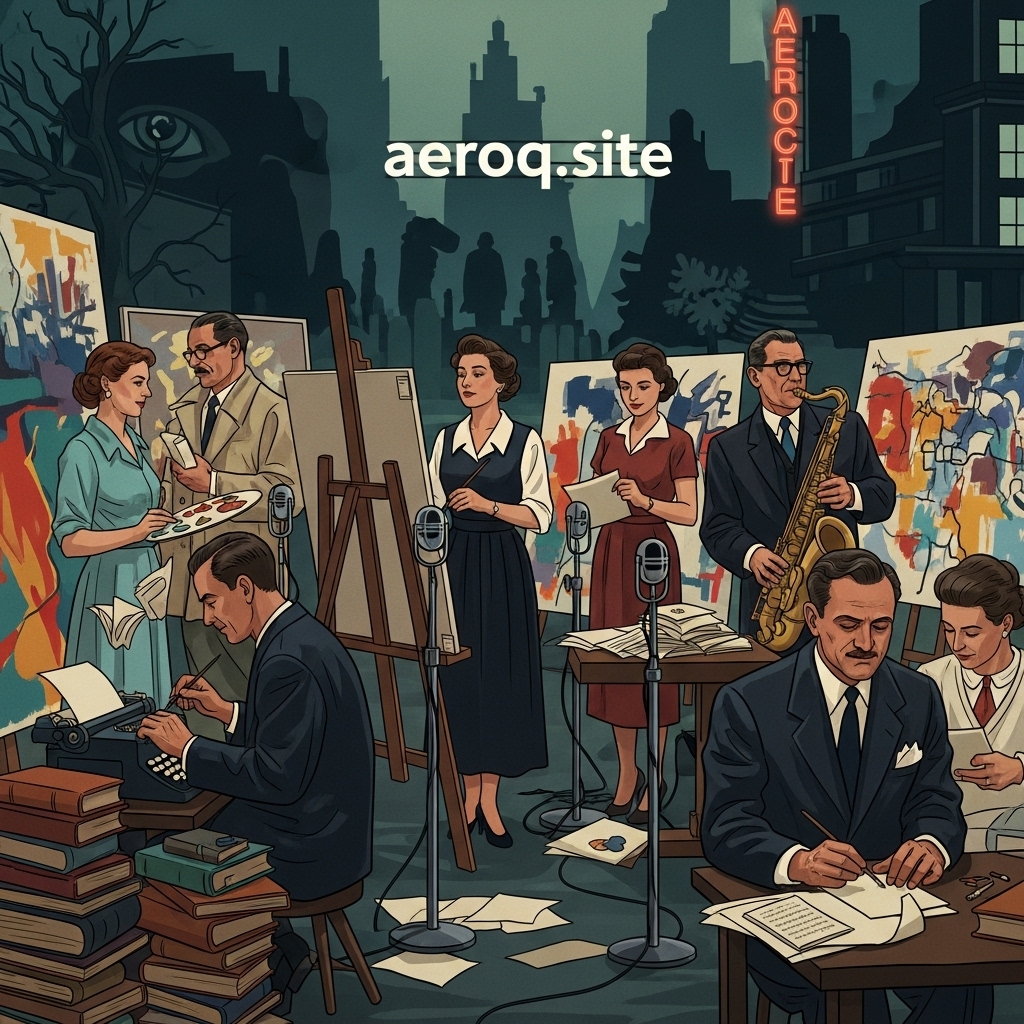Have you ever heard of something that sounded good on the surface but had a surprising story behind it?
That’s what the Congress for Cultural Freedom (CCF) was — a powerful global organization that shaped art, culture, and ideas during the Cold War.
Let’s dive into what it really was, why it mattered, and how it changed the world of culture forever.
Table of Contents

What Was the Congress for Cultural Freedom?
The Congress for Cultural Freedom, often called CCF, was founded in 1950 in West Berlin. Its mission? To promote freedom of thought, art, and expression during a time when the world was divided between democracy and communism.
At first glance, it looked like a noble project — supporting writers, musicians, and artists who stood for intellectual freedom.
But here’s where it gets interesting: the CCF was later revealed to have been secretly funded by the CIA (Central Intelligence Agency) as part of America’s cultural strategy against the Soviet Union.
What Did the Congress for Cultural Freedom Actually Do?
The CCF sponsored a wide range of cultural activities to promote Western democratic ideals.
Here’s what they supported:
- Magazines like Encounter and Preuves that published influential essays and art.
- Art Exhibitions featuring modern art and abstract expressionism.
- Concerts and Music Festivals celebrating Western composers and musicians.
- Conferences and Seminars where intellectuals discussed politics, philosophy, and freedom.
In short, the Congress helped shape how people thought about freedom, creativity, and democracy during one of the most tense political periods in history.
The Secret Behind the Mission
For years, people admired the CCF for promoting open dialogue and artistic freedom.
But in the 1960s, journalists uncovered that the organization’s funding came from the CIA.
That discovery changed everything — many artists and intellectuals felt betrayed, realizing their work was unknowingly part of a political campaign.
Still, the content they produced had real cultural value and inspired generations.
Why It Still Matters Today
You might wonder, “Why talk about something that happened decades ago?”
Well, the Congress for Cultural Freedom reminds us of something important — that culture and art can be powerful tools of influence.
Even today, media, entertainment, and cultural programs often carry deeper political or social messages.
It teaches us to stay curious and critical about the information we consume — and to value true creative freedom that isn’t guided by hidden agendas.
A Real-Life Perspective
Imagine being an artist in the 1950s, invited to an international exhibition to represent freedom and creativity.
You’d be proud, right?
Then imagine learning years later that your art was part of a political campaign. That emotional shock — pride mixed with betrayal — is what many artists under the CCF felt.
It’s a story that still resonates today, in an age where digital influence and hidden sponsorships shape public opinion.

What We Can Learn from the Congress for Cultural Freedom
Here are a few key lessons we can take away:
- Transparency matters — people deserve to know who funds cultural projects.
- Art has power — it can inspire, heal, or influence millions.
- Freedom of expression must always come before politics.
- History teaches awareness — understanding the past helps us see modern influence more clearly.
Final Thoughts
The Congress for Cultural Freedom is more than just a Cold War story — it’s a reminder of how deeply art and ideas shape the world.
It showed that creativity can both free minds and manipulate them, depending on who’s behind the message.
So next time you read a cultural piece, watch an artistic film, or listen to global media — take a moment to ask:
Who’s really telling the story, and why?
Because true cultural freedom means being able to think, question, and create without control.
